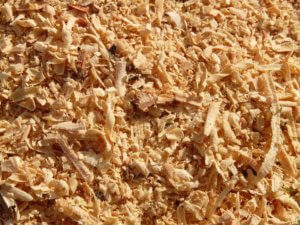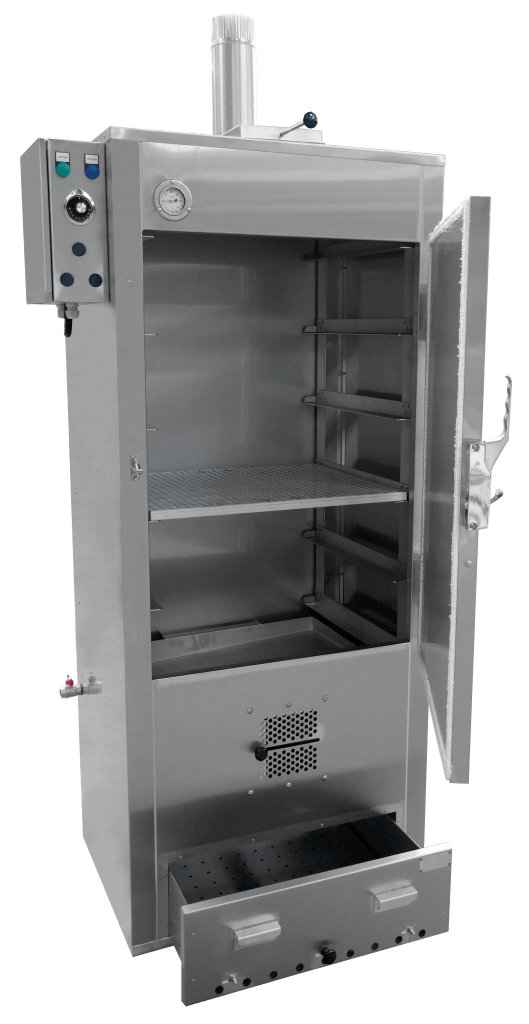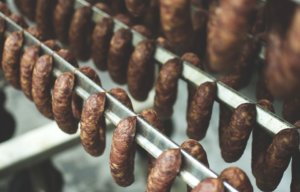Food smokers: all you need to know!
The history of smoking food
Smoking has been practised all over the world for millennia. Initially, smoking was a way of preserving food, mainly meat and fish, for longer. Since the advent of canned food and refrigerators, food smokers have become secondary, but this method is still appreciated for the aromas and colours it brings to food.
The method with a food smoker
It is straightforward: we expose food to smoke resulting from the slow combustion of shavings or sawdust. You can play around with various kinds of wood and the duration of the smoking to add different flavours, according to the taste desired.
Two smoking methods
Cold smoking
Cold smoking is the traditional technique for smoking salmon, ham, duck breasts or cheese. The temperature of the food smoker should not exceed 25 ° C (ideally between 15 and 20 ° C). You especially have to be careful with salmon or cheese, which are very sensitive to heat. However, since they remain raw, some foods will therefore need to be cooked before being consumed.
To succeed in your cold smoking, it is essential to:
Maintain a low and homogeneous temperature (it will therefore be necessary to favour the autumn or winter period so there will be no external heat that increases the temperature of your smoker)
- Use high-quality products ( which can also be very recently thawed)
- Dry salt your product to extract moisture and prevent bacteria growth
- Leave enough space in the food smoker to allow air and smoke to circulate
- Use sawdust rather than wood chips which will be more suitable for hot smoking
- Adapt the smoking time according to the thickness of the food and your taste
Hot smoking
There is no restriction linked to outside temperatures for this method since the smoking temperature can be increased from 40 to 120 ° C. Your food will be smoked and cooked at the same time so that it can be savoured straight away at the end of the smoking process, without any additional cooking. We can therefore smoke chicken, trout or sausages.
So to create the heat necessary for cooking food, we will use a hot smoker instead, most often equipped with an electric heating element. Wood chips will be used, which will create the smoke, in addition to extra fuel to reach the desired temperature.
As with cold smoking, it is essential to prepare the product correctly for smoking. Before being subjected to the high temperatures of hot smoking, it will therefore be necessary to soak the food in brine or marinade, which will allow it to retain its humidity and soften the flesh.

Sawdust and wood chips, which types to choose?
First of all, you must use sawdust or 100% natural wood chips. Sawdust from rotten, mouldy, treated or varnished wood must therefore be avoided at all costs. Care must also be taken not to use sawdust that is too fresh with a high humidity level as this will promote the formation of carbon compounds.
Regarding the type of wood, everything is a question of taste and colour! Hardwoods (beech, oak, alder, etc.) will bring a smoky flavour superior to that provided by softwoods. Certain species such as apple, orange, cherry or lemon can also be used to provide subtle, aromatic, sweet and fruity notes. Coniferous woods, on the other hand, produce a pungent smoke and should therefore be used sparingly in addition to another type. Therefore, there is nothing to prevent you from making your own mixture and thus creating your personal secret composition!
Combustion of the sawdust
The sawdust must be consumed gradually and evenly, similarly to burning incense or cade powder. To do this, it is advisable to arrange the sawdust in a U or spiral shape and light one end with a torch or a gas lighter. For optimum combustion, a cold smoke generator can also be used, generally in the form of a spiral cup. The grid base of the generator is mounted on feet and allows better air circulation in the sawdust. Finally, you can use a sawdust lighter stick that will facilitate the start of combustion with just a match.
Small tip: placing juniper berries on the sawdust will allow you to reduce the smoke rate by 15 to 30% (ideal for avoiding problems with the neighbours) while providing an additional aroma.

Food smokers
Depending on how you plan to use them, there are different types of food smokers that vary in shape and size.
Table-top smokers: these have the advantage of being not very bulky and can easily smoke food in small quantities, cold or hot. Foods to be smoked are placed flat on a rack.
Cabinet smokehouses: they offer significant loading capacities of 30 to 200 kg of products! Food can be laid flat on shelves on several levels or hung from hooks. They have the advantage of having an integrated thermometer to monitor the rise in temperature and are equipped with a ventilation hatch to regulate it. They can also be fitted with an electric element for hot smoking and thus cooking the product.
There you have it; now you know all the top tips to make your own smoked products according to your desires and your needs. All you have to do is find your favourite combination of ingredients and types of wood to achieve your best-ever homemade smoke!

